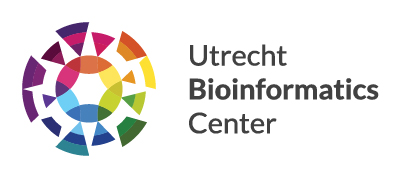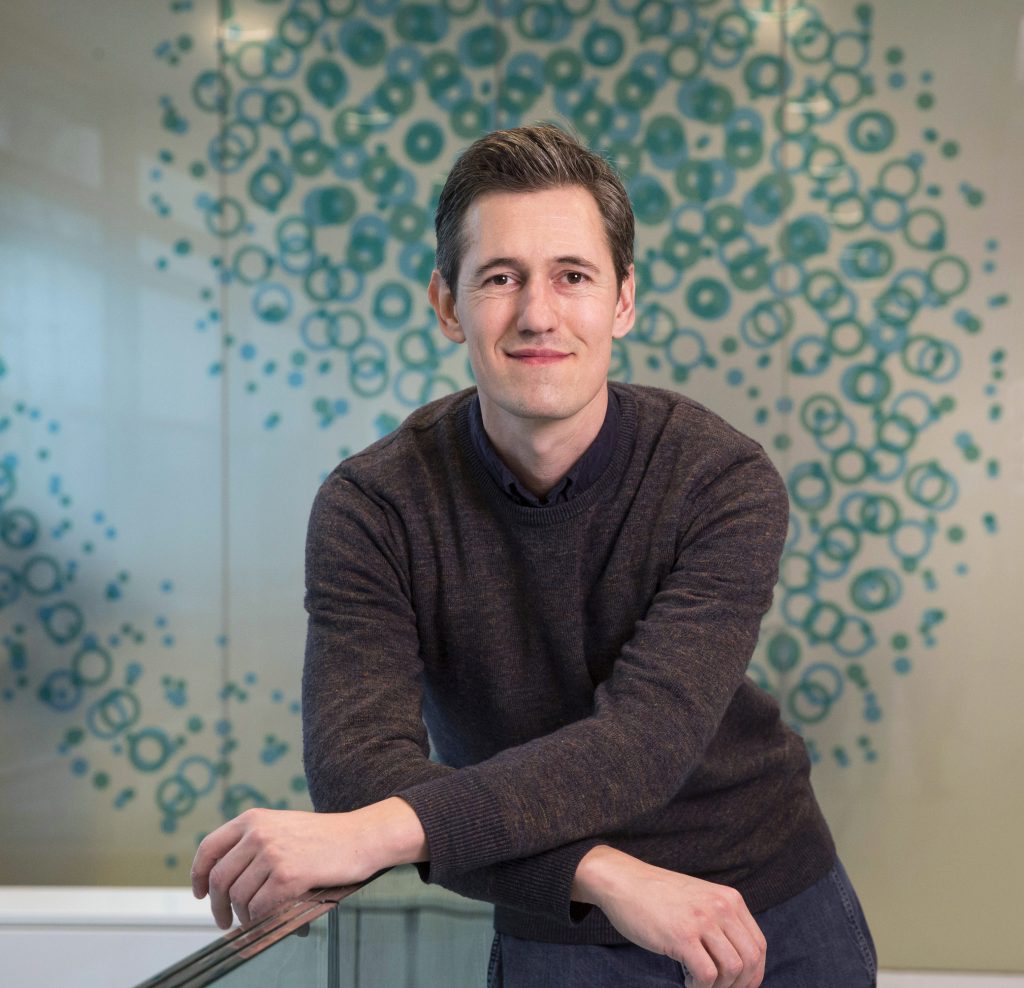“Our lab employs and develops single-cell (epi)genomics methods to study the principles governing cellular decision making in early mouse development. We have developed the first approach to measure genome-wide protein-DNA interaction profiles, and the first method to combine such profiles with single-cell transcriptomics. With these methods, variations in gene expression patterns can be linked to the differences in the underlying regulatory profiles. More specifically, we focus on the role of spatial genome positioning in gene-regulation and the establishment of new cell-type-specific gene-expression programs.”
Developmental epigenomics
In the Kind lab, Developmental epigenomics is key. Kind tells about the impact of the bioinformatics component in the lab work: “The methods that we develop generate unique datasets that provide new insights into the molecular functioning of individual cells. However, these datasets are different from the data obtained with the regular population-based assays. The data is typically sparse and noisy. Therefore, a major focus of the lab is to develop computational methods to overcome these limitations and to extract valuable biological insights from the datasets.”
DNA repair
Kind gives an interesting example when asked: “We are currently working on an approach to profile DNA double-strand break repair in individual cells. DNA damage is the ultimate stochastic process resulting in vastly different damage landscapes in every cell. The ability to map the number and the genomic positions of DNA damage in individual cells will help link cellular response to the underlying damage a cell suffered. Also, it will help understand how cells deal with DNA damage in different chromatin environments. Particularly valuable in this regard, will be a method that we are currently developing to profile two DNA repair pathways in the same cell. This will allow us to ‘visualize’ DNA repair choice decisions in the same cell.”
“A major hurdle that had to be overcome was that we needed to develop a computational method to discriminate real signal (a peak/binding event) from noise. We have now developed an approach with which we can reliably ‘call’ peaks without a priory assumptions about the underlying data structure. The latter is especially valuable when dealing with extensive cell-to-cell variations in single-cell data quality and biology.”
Inevitable parts of science
2016 was a very successful year for Kind, with prices and grants. What is the current status and how about the results of the granted research? “Surprisingly, for most of the research proposed in these grants, we have exactly achieved what we aimed for. I say surprising, since normally one is forced to change the research plan as the research is unfolding. That is an inevitable part of science.”
“For the ERC starting proposal, we have developed a method to map protein-DNA contact maps and transcriptomics in the same cell. And more recently, based on this method, we have also devised a strategy to profile histone post-translational modifications and transcription in the same cell. The manuscript on this achievement is in preparation. Applied to early mouse development, we found that the genome becomes spatially organized in the nucleus very quickly following fertilization, prior to first cell division and the initiation of transcription. This anchoring of chromosomes to the nuclear periphery can therefore be considered one of the earliest events in the establishment of genome organization in the mouse embryo. We are currently building on this expertise to see what the interrelationships are between the spatial positioning of the genome and other gene-regulatory mechanisms. Eventually, we aim to achieve understanding the molecular principles that govern the first cell fate-decisions in life.”
UBC benefits
Most of the Kind group researchers attend the annual UBC symposium with a lot of enthusiasm. “We are looking forward to the postponed 2020 edition. I assume we will enjoy the great speakers and the informal introduction to the work of other UBC members again. The UBC educational offering is outstanding; our group members have followed multiple courses during Master and PhD studies. And we are of course a heavy and grateful user of the HPC cluster! In return for that, we commonly exchange computational pipelines and custom packages with the UBC community. Our lab members also occasionally participate in joined bioinformatics meetings and participate in the HPC user meetings to inspire our colleagues.”
Expectation management
As usual, our expert is asked for a tip to future bioinformaticians. Kind emphasizes that flexibility is an essential characteristic for researchers: ”Haha, don’t expect conventional population-based high-quality datasets when embarking on your first single-cell adventure. Some expectation management is desirable. And you must dare to change the research plan as the research is unfolding in a different way than expected.”

